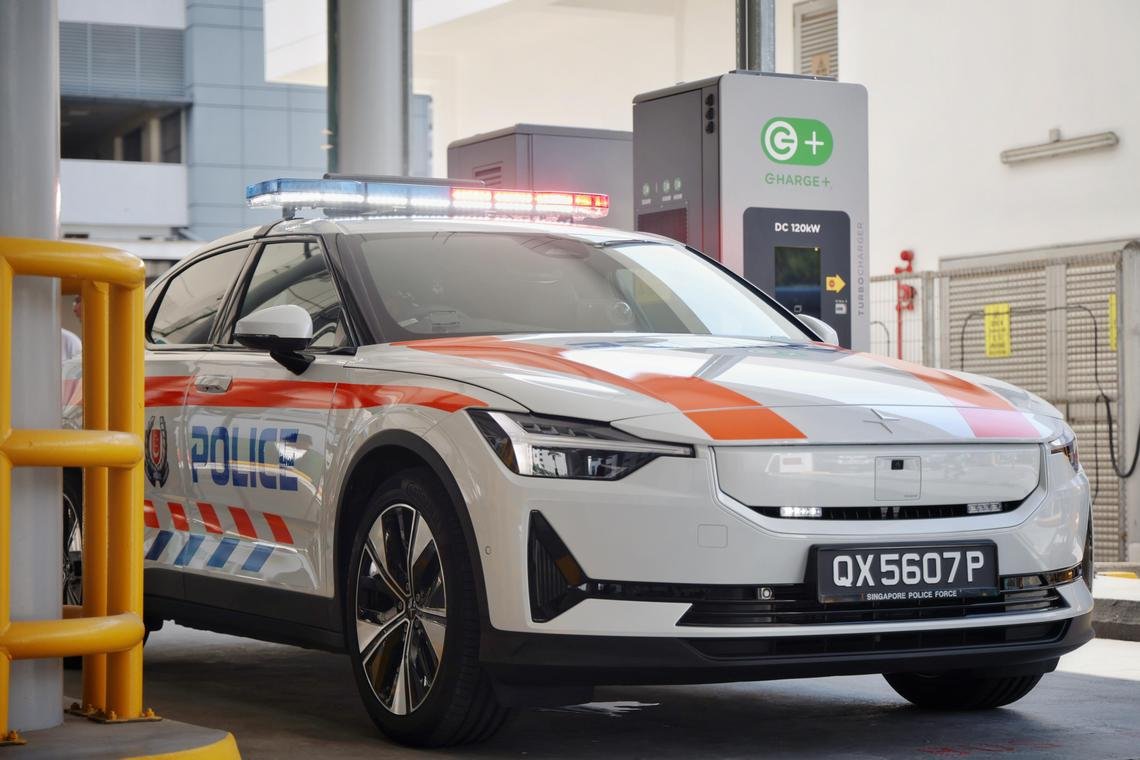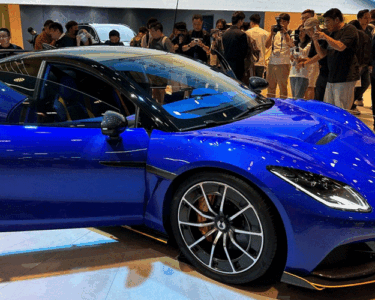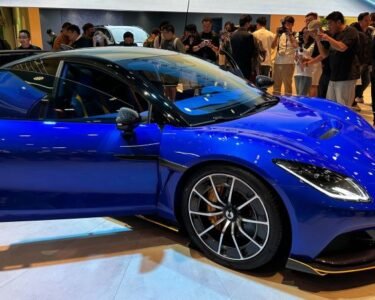SINGAPORE – A fleet of 19 high-performance electric vehicles (EVs) will be progressively introduced to the Traffic Police’s Expressway Patrol Car fleet from the second half of 2025.
These are specially ordered Polestar 2 EVs that are adapted to be highway patrol cars following a tender called in 2023 to add EVs to the existing fleet.
With the new vehicles, the Singapore Police Force becomes the first Home Team department to use EVs in its operations.
The Polestar 2 has faster acceleration than the existing BMW 325d and Volvo S80 models used by the Traffic Police, taking 4.5 seconds to get to 100kmh from rest – more than three seconds quicker than the Volvo S80. Its top speed is lower, at 205kmh, while the BMW maxes out at 245kmh.
Expressway patrol cars are used to show police presence, attend to accidents on the road and help drivers in distress and take traffic enforcement measures against errant motorists, according to Assistant Superintendent Sam Tai, the deputy officer in charge of the Traffic Police’s Special Operations Team.
He was addressing the media at a preview of the new vehicle’s features held at the Traffic Police headquarters at 10 Ubi Avenue on April 10.
Finished in white with orange and blue reflective livery, the Polestar 2 is the first expressway patrol car to use run-flat tyres. This allows the car to be driven up to 80km after a puncture.
The Polestar 2 on sale to the public does not come with such tyres. The cars used by the Traffic Police have solid metal roofs, instead of the panoramic glass roof of the Polestar model sold in Singapore.
Modifications to transform the Polestar 2 for highway patrol duties include fitting an emergency light bar and external message board on top of the car to display warning messages to road users.
For security, the online connectivity feature, which the carmaker has built into the Polestar 2 to allow for remote software updates, is disabled.
In the cabin, a steel partition separates the rear section to accommodate a person in custody.
The front seats are modified so that the officers, who wear an equipment belt, can sit more comfortably. The upholstery used is more hard-wearing than the supple leather found on the standard Polestar 2.

A steel partition separates the rear section of the cabin meant for a person in custody.ST PHOTO: JASON QUAH
The car also adopts some of the newer technologies that the police have started introducing in their fast-response cars since 2020 to improve its officers’ operational effectiveness.
These include a system that automatically identifies vehicle number plates. When a vehicle that the police are looking for is detected, the system will alert the officer through a custom-made digital screen fitted on the EV’s dashboard.
Another feature is the ability to live-stream video footage to the command centre using a separate communication network.
In a press statement, Senior Assistant Commissioner Daniel Tan, the commander of Traffic Police, said that the introduction of the EVs is a milestone in the Traffic Police’s operational capabilities and their commitment to sustainability, adding that the use of EVs aligns with Singapore’s larger sustainability efforts while maintaining the standards of enforcement and emergency response.
The Straits Times reported in November 2022 that the Traffic Police had called a tender to add EVs to its fleet of highway patrol cars.
The contract to supply the highway patrol cars is said to be valued at around $3.8 million and includes a 10-year maintenance programme. These vehicles are tax-fee and do not require certificates of entitlement.
Besides familiarisation training for officers with the vehicles, chargers are also being installed at the Traffic Police headquarters to support the cars.
Rated at 120kW, these chargers should be able to charge up the car’s 82kW batteries in around 1½ hours, based on published information from Polestar. This is estimated to give the vehicle a range of up to 593km, although this will depend on how it is used and does not account for the modifications made to the vehicle.
Join ST’s WhatsApp Channel and get the latest news and must-reads.




